Converting a gasoline-powered car to an electric one can be four times cheaper than buying a new electric car. Autolibre is teaching individuals and companies across 14 countries how to make the switch.
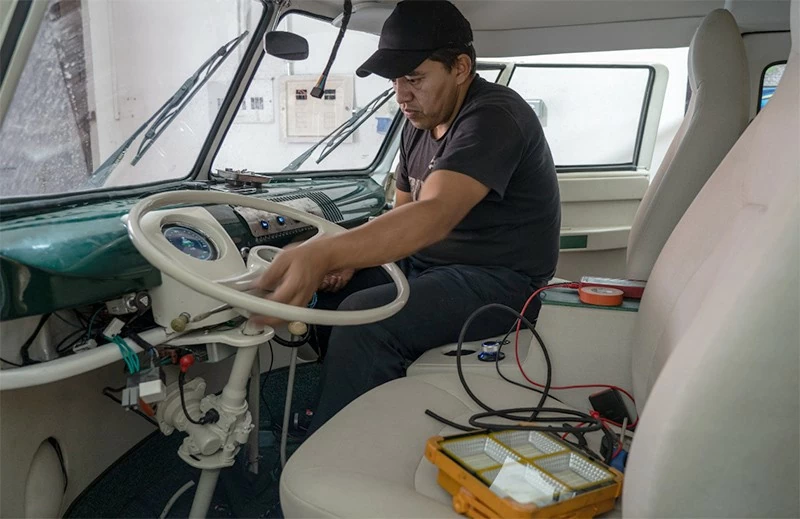 |
Reuse old cars, reduce costs, and be environmentally friendly
In 2010, Uruguayan President-elect José Mujica made headlines when he drove a pickup truck to his inauguration.
The vehicle, which looks like any other regular pickup truck, is being used to convey a message: Uruguay is serious about becoming more environmentally friendly. The gas-powered vehicle has been converted into an electric vehicle by the country's Organización Autolibre company.
The news, which was picked up by the press, thrust the company into the spotlight, attracting the attention of electric vehicle enthusiasts in and outside Uruguay who wanted to convert their gas-guzzling cars into fuel-efficient electric vehicles.
“This news, which was covered in various media outlets across Latin America, brought a lot of attention to this technology, and to this day, we travel to the region every year, across Peru, Mexico, and Argentina,” said Gabriel González Barrios, founder and CEO of Organización Autolibre. “Distributors of Autolibre systems regularly invite us to train the technicians needed to create a local ecosystem for the local development of this industry.”
Over the years, González Barrios and his team at Organización Autolibre have helped convert thousands of traditional vehicles to electric vehicles in 14 Latin American countries. The company trains individuals and mechanics through online courses and oversees conversions for corporate fleets. To date, at least 40 companies have used Organización Autolibre’s services. While some countries have raised concerns about the safety of vehicle conversions, González Barrios says his company is leading efforts to make it a safer and standardized practice across Latin America.
“We want to show that this is an industrialized process,” said Andrés García, owner of a renovation shop in Bogotá, Colombia, that works with Autolibre. “This is not a place for enthusiasts or inexperienced people.”
González Barrios got the idea for the company in 2006 after watching Al Gore’s climate change documentary, An Inconvenient Truthtiê. As a distributor of gasoline car chemicals at the time, he was inspired to address environmental issues in his own community.
“We decided to convert our cars’ internal combustion engines to zero-emission electric motors,” says González Barrios. The experiment was successful and affordable, and led him to found Organización Autolibre.
Initially, González Barrios used some American EV kits to improve the car, but when those became too costly, Autolibre partnered with Zhuhai Enpower Electric, a Chinese power systems company.
In recent years, as electric vehicles have become more popular, so has the need to modify conventional vehicles, said Bruno González, sales director at Autolibre. In 2011, the company modified a fleet of delivery trucks for Bimbo, the world’s largest bread maker. Bimbo did not respond to requests for comment from Rest of World.
In its 2020 report on the activity, the Latin American Sustainable Transport Association revealed that at least 145 modified vehicles had been officially registered.
The Latin American Vehicle Remodeling Association, co-founded by González Barrios, now has more than 30 members across the region, all of whom are distributors of electric vehicle redesign kits or have workshops that specialize in the process.
Electric vehicle retrofits have been around for more than 30 years, with countries like Japan and Australia setting national guidelines for the process. A report from the Latin American Sustainable Mobility Association lists 21 companies currently selling electric vehicle retrofit kits for various vehicle types around the world.
González Barrios said the biggest driver for retrofitting a car is affordability. Most new electric vehicles available in Latin America are still out of reach for the average car owner. One of the most popular models, the Renault Kwid electric, costs about $18,100. Converting an existing gas or diesel car into an electric vehicle using Autolibre’s process starts at $6,000.
Because the activity is largely a DIY process, there are no official statistics on the reconditioning industry in Latin America. Many reconditioning jobs are done “by repairmen who want to extend the life of gasoline cars because they can’t afford to buy new electric cars,” said Adolfo Rojas, president of the Association of Entrepreneurs Promoting Electric Vehicles in Peru.
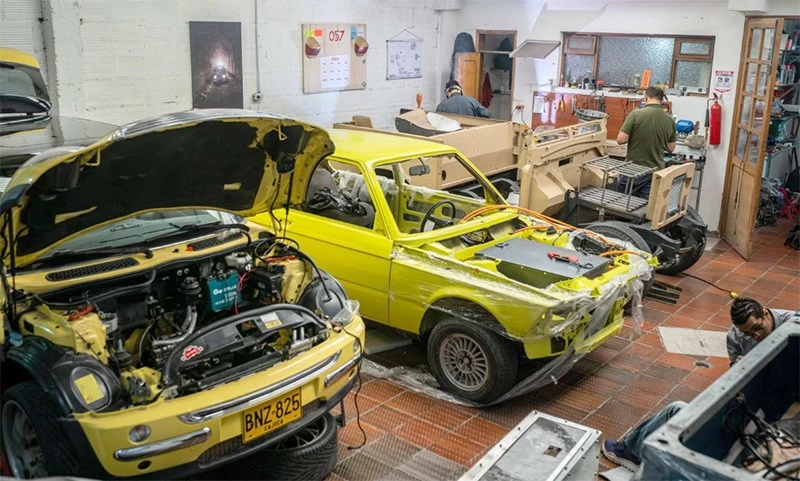 |
| Autolibre trains mechanics and technicians how to convert traditional cars into electric vehicles through their online courses. |
There are still risks in the process of improvement.
The conversion process requires skilled EV technicians to remove the engine, gas tank, exhaust, and other components inside a conventional car, and install the electric motor, battery, on-board charger, and computer in the empty space. Weight must be carefully distributed so the car doesn’t tip to one side. Original electrical components—like airbags and sensors—must function properly, and the battery can’t overheat. The company’s educational arm, Autolibre Academy, offers online courses on these basic skills for any EV enthusiast interested in conversion, González said.
But Rojas said there are risks involved in the renovation process. Many renovation kits are available on online marketplaces like Alibaba or MercadoLibre, which often do not guarantee “a minimum level of safety and quality for renovation equipment.”
According to modification experts, after being modified, modified cars must have government permits to be allowed on the roads in certain countries.
In 2021, Chile's Ministry of Transport passed a law banning the conversion of all used passenger cars. "Renovations have been made, but maintaining the safety of the vehicles is still neglected," said Rodrigo Salcedo, president of the Chilean Electric Vehicle Association. The Ministry of Transport and the Ministry of Energy are preparing a safety compliance regulation.
In Colombia, where modified cars face no legal hurdles, some are pushing back against tighter controls.
García, from the Bogotá auto shop, said he is working with other experts and enthusiasts to lobby for specific regulations, including meetings with Colombia’s transportation department and SENA, the country’s technical and professional training service. He said his company only sells conversion kits to certified technicians.
Jairo Novoa, one of García's customers who modified a 1981 BMW, said the process makes sense for an old car like his because replacement or repair parts are expensive and hard to find.
While most of Colombia’s more than 11,000 electric vehicles are brand new, the modified cars “don’t have anything to envy,” Novoa said. Except, perhaps, “the really expensive ones like Teslas.”
Source: https://baoquocte.vn/hanh-trinh-bien-hoa-xe-xang-thanh-xe-dien-284425.html





![[Photo] Prime Minister Pham Minh Chinh chairs meeting to deploy overcoming consequences of storm No. 10](https://vphoto.vietnam.vn/thumb/1200x675/vietnam/resource/IMAGE/2025/10/3/544f420dcc844463898fcbef46247d16)

![[Photo] Students of Binh Minh Primary School enjoy the full moon festival, receiving the joys of childhood](https://vphoto.vietnam.vn/thumb/1200x675/vietnam/resource/IMAGE/2025/10/3/8cf8abef22fe4471be400a818912cb85)
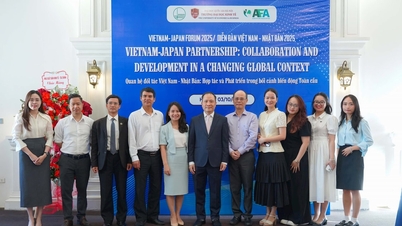

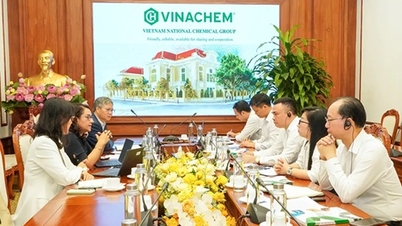

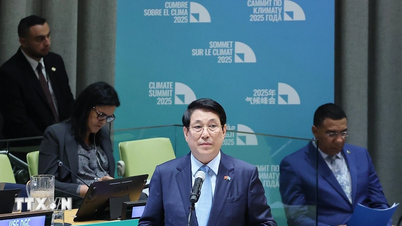

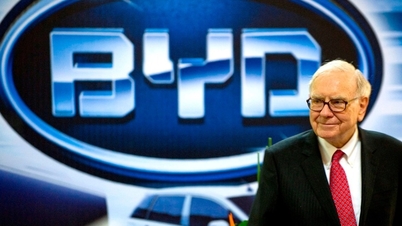





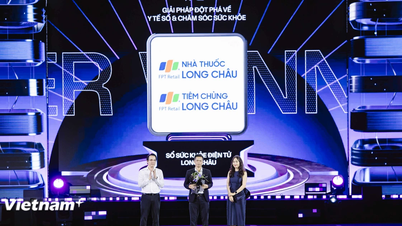
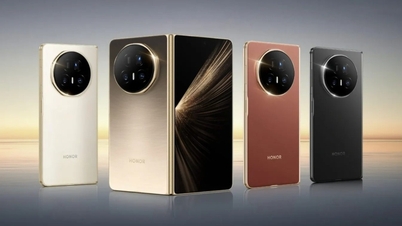


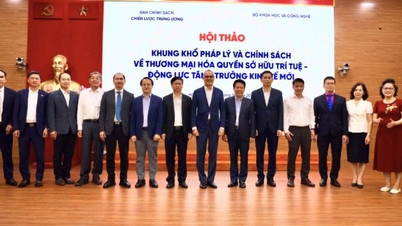







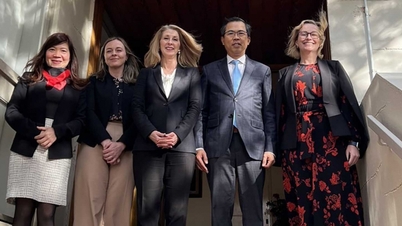

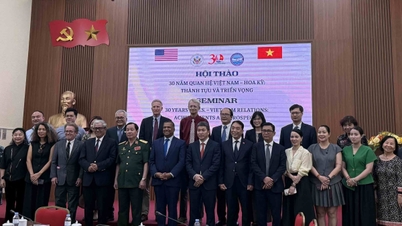







































































Comment (0)